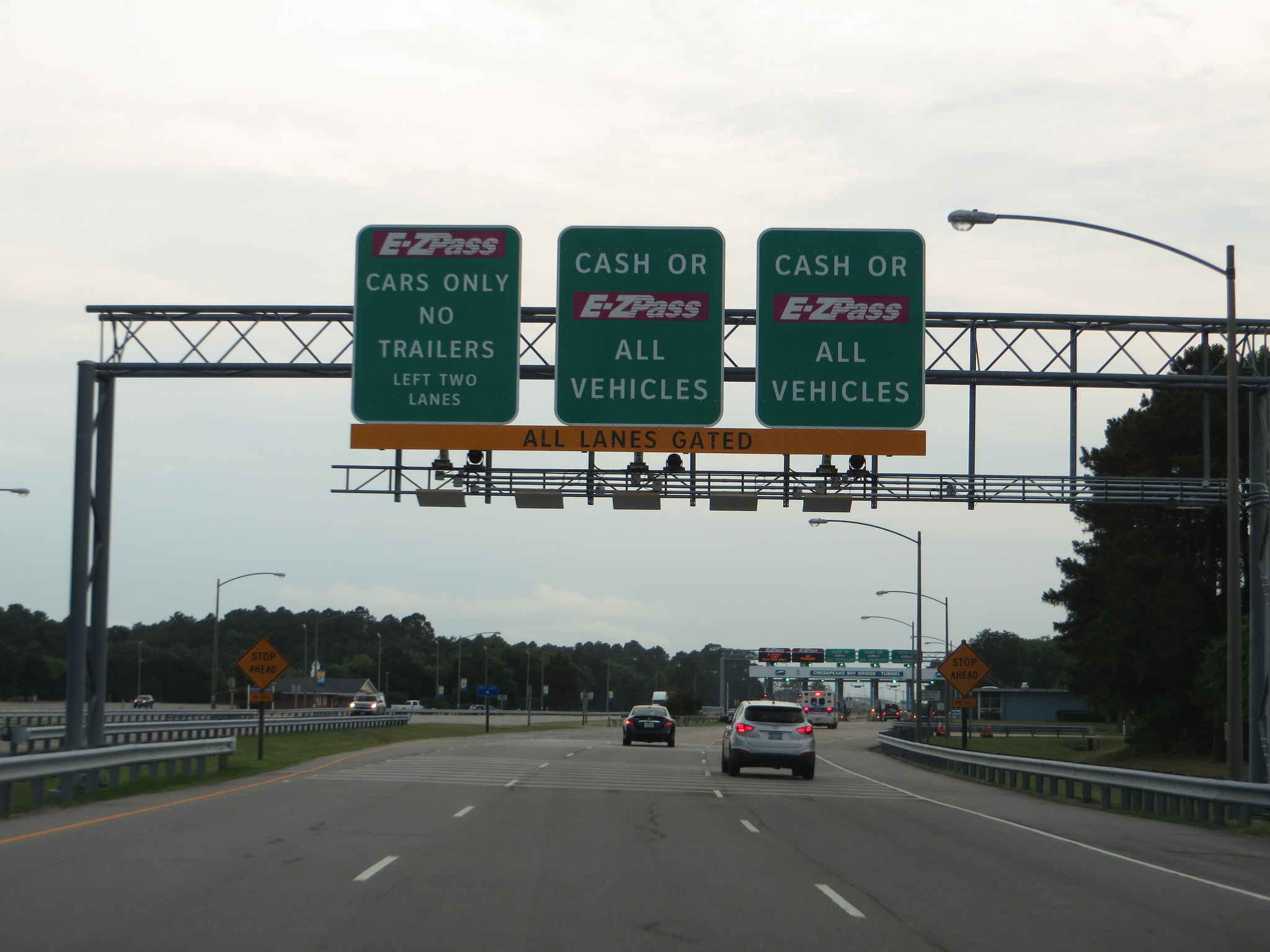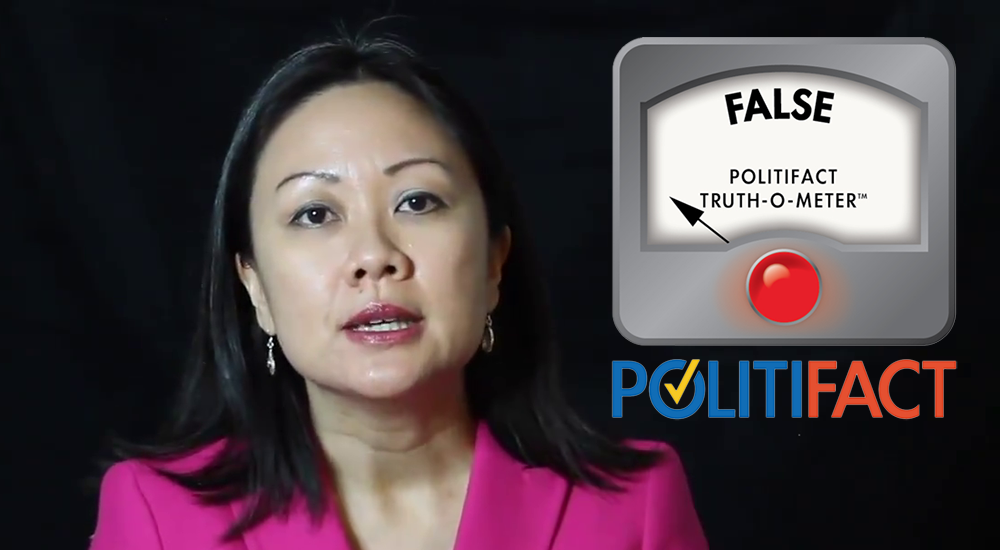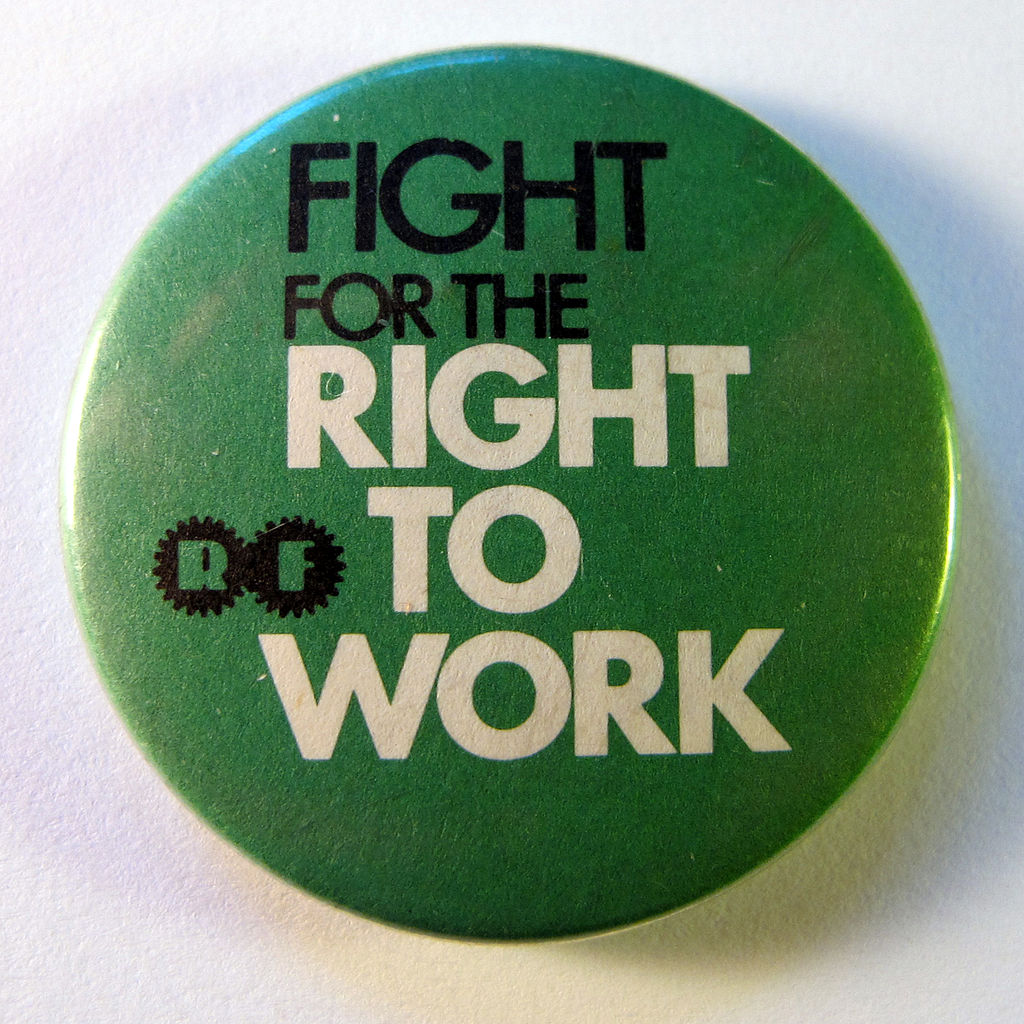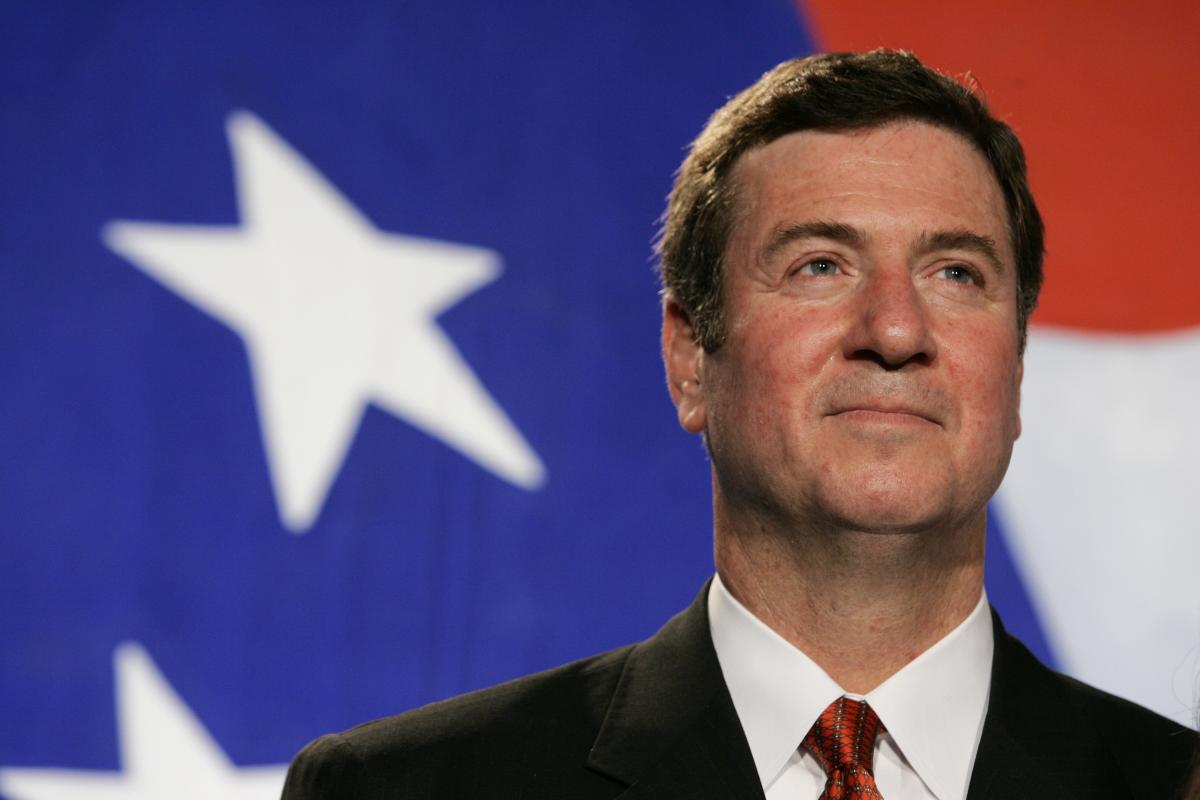On Thursday morning, the Virginia State Police started patrolling Interstate-66 a little heavier than normal as they intend to ticket drivers unlawfully using High Occupancy Vehicle (HOV) lanes on the toll road. Law enforcement officials have begun HOV enforcement on I-66 express lanes inside the Beltway during the morning and afternoon rush hour periods.
During the hours of 5:30 a.m. to 9:30 a.m. eastbound and 3:00 p.m. to 7:00 p.m. westbound (Monday through Friday), drivers with at least two people traveling can use I-66 for free, but with an E-Z Pass Flex turned to “HOV-mode.” In a report from Arlington Now, violators will face fines ranging from $125 for a first offense, up to $1,000 for a fourth or subsequent offense within a period of five years from the first one.
The Virginia State Police’s last HOV enforcement initiative along the same stretch of roadway caught 32 violators, with another 19 citations given on Friday, November 30.
After tolls in early April hit $46 on the I-66 Capital Beltway, frustrating and emptying the pockets of drivers, changes were announced to lower rush hour prices for Northern Virginia drivers. Average toll rates paid in February were $8.71 eastbound in the morning and $4.51 westbound in the afternoon, but tolls have been higher than the afternoon tolls due to a more compressed rush hour and the delays caused by the Dulles Connector Road merge.
Nevertheless, approximately 44 percent of vehicles are passing through the I-66 tolls free-of-charge during the peak hours in the HOV lanes, but rumor has it that a lower target speed of 50 mph will be pushed to change traffic patterns, at least at the times where patterns have shown the risk is lower of a quickly-building backup that would be difficult to recover from during high-traffic periods.
Unfortunately, experts believe the tolls may not be “high enough” to deter enough solo drivers to stay out of the lanes to keep traffic moving – one can only question of what exactly a price high enough may actually be, however. The Virginia Department of Transportation (VDOT) says that trips around the Northern Virginia area were faster outside of the previous HOV hours in the morning and afternoon. Though, this is due to the fact that fewer drivers are allowed to travel during those times.





